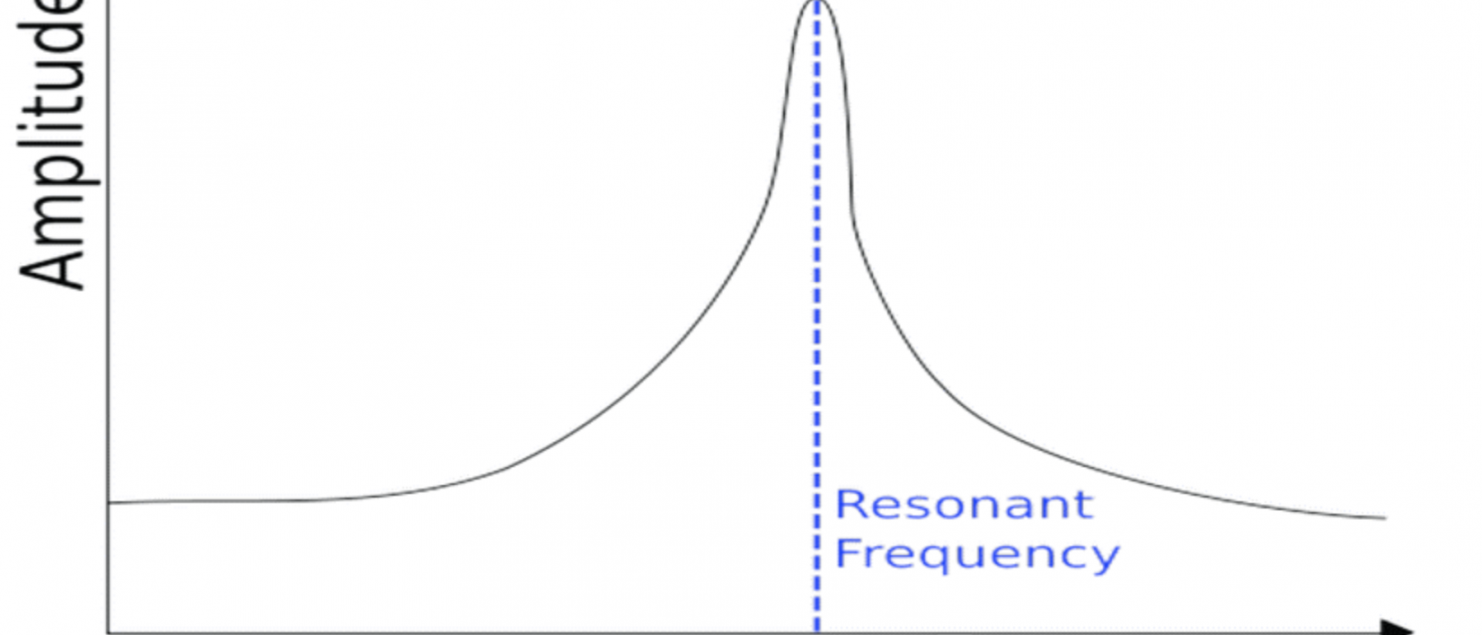Frequency controller
The frequency control is a system that can vary voltage value and frequency of an electromagnetic feeder and as a result, the amplitude of vibration.
The PWM signals generation circuit is a critical component in this operation, which is normally made with microcontrollers and relative SW, driving a power stage to generate the vibrator sinusoidal control signal. This device is used to adjust vibration by acting on the amplitude and electromagnetic vibratory feeder frequency used in a variety of manufacturing processes.In order to drive the feeders at 3000 Vib per min you would select a 50Hz output frequency for vibrators at 6000 Vib per min, or select a frequency at 100Hz taking by into account that small shifts in the output frequency which can optimize vibration operation if it is not perfectly tuned to its own frequency. This feature has 2 enormous advantages:
- It recovers the feeder’s tuning time by acting on the electronics instead of the mechanics of the feeder (a longer and more complex operation)
- It can also be used for products at 60Hz keeping the feeder tuned regardless if it is connected to a 50Hz or 60Hz supply.
Moreover, because the wave form is a sine wave, the feeder works quietly and the products move gently.
